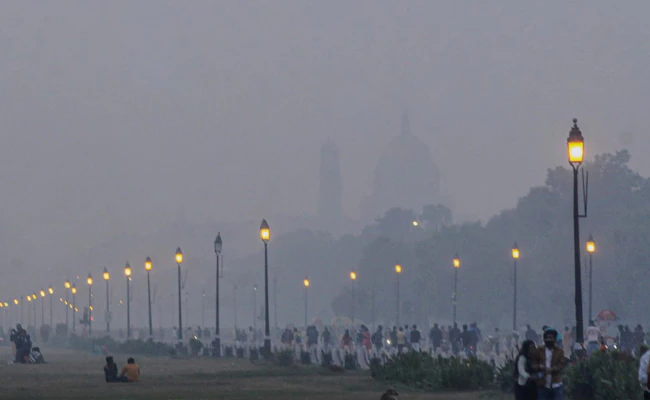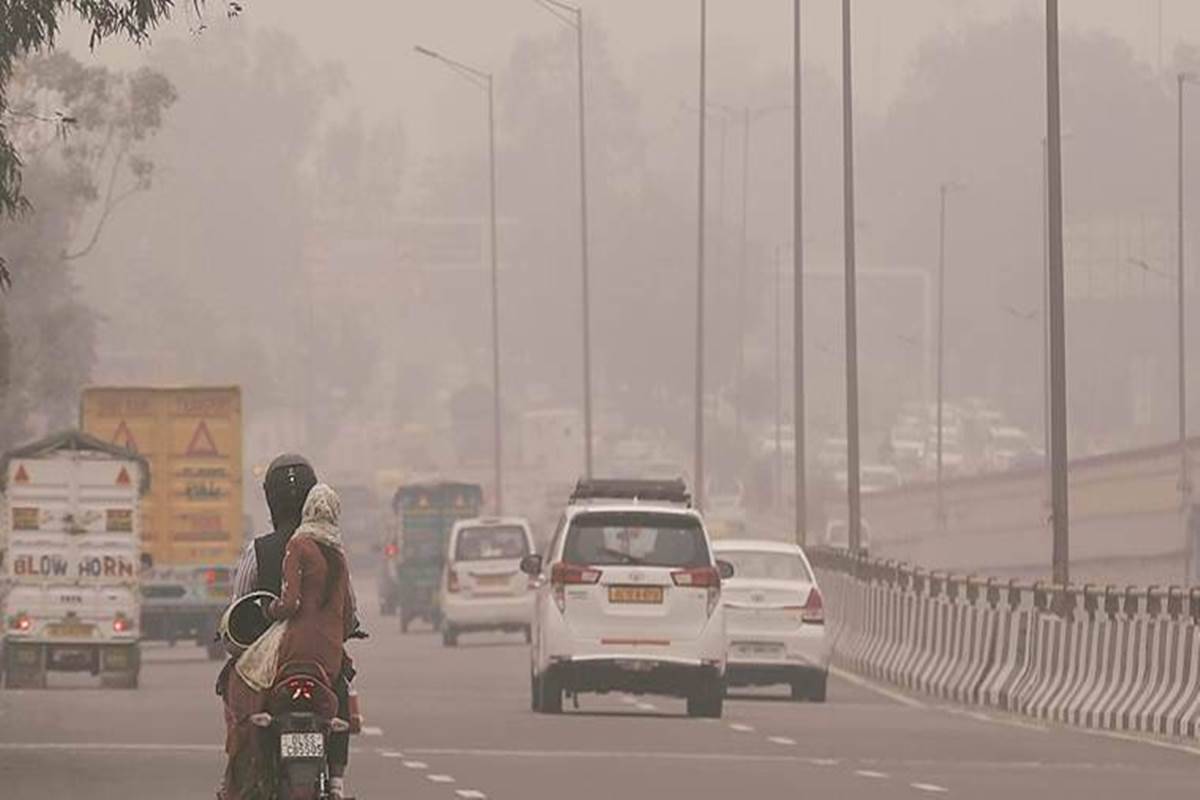Marginal improvement in Delhi air quality but still very poor

Marginal improvement in Delhi air quality but still very poor
Delhi’s air quality exhibited a slight improvement on November 25, although it still persisted in the “very poor” category, as reported by monitoring agencies. The anticipation of further relief is tied to a western disturbance that is expected to enhance meteorological conditions starting on November 26. The current situation highlights the ongoing challenges faced by Delhi in managing air quality, with the month of November witnessing 10 days of severe air quality, which is notably higher compared to the same period last year.
Efforts to address the complex factors contributing to air pollution in the national capital are crucial for achieving sustained improvements in air quality. The influence of meteorological conditions, coupled with strategic measures to control pollution sources, will play a pivotal role in determining the trajectory of Delhi’s air quality in the coming days. Public awareness and collaborative initiatives are also instrumental in creating a cleaner and healthier environment for the residents of Delhi.
Comparing air quality data from November over the past several years reveals a varying trend in the number of days with severe air quality in Delhi:
– In November last year, Delhi experienced only three days of severe air quality.
– In 2021, there were 12 days of severe air quality, marking the highest for the month since monitoring by the Central Pollution Control Board (CPCB) began.
– The preceding years also saw different levels of severe air quality days: nine in 2020, seven in 2019, five in 2018, seven in 2017, 10 in 2016, and six in 2015, according to CPCB data.
The recent deterioration in air quality in Delhi to the ‘severe’ category is attributed to a drop in minimum temperatures and slow wind speed at night, leading to the accumulation of pollutants. The air quality index (AQI) for the city stood at 389 at 4 pm, indicating some improvement from the earlier measurement of 421 at 8 am.
The increasing frequency of severe air quality days in recent years underscores the persistent challenge of air pollution in Delhi. Addressing this issue requires a comprehensive approach, including measures to control various pollution sources, enhance public awareness, and implement policies to improve overall air quality. Efforts to mitigate the impact of adverse meteorological conditions on air quality are also crucial for creating a healthier environment in the national capital.
The ongoing concern over severe air quality underscores the complex challenges faced by Delhi in managing pollution levels, with various factors contributing to the deterioration. Efforts to address and mitigate the sources of air pollution are crucial for ensuring sustainable improvements in air quality and public health.

A scientist from the India Meteorological Department (IMD) has predicted relief in Delhi’s air quality due to an expected improvement in meteorological conditions influenced by a western disturbance affecting northwest India from November 26. The air quality in Delhi witnessed a gradual increase in the Air Quality Index (AQI) levels after a marginal improvement recorded on November 19.
As of the latest data, the 24-hour average AQI, recorded at 4 pm each day, stood at 415 on Friday, 390 on Thursday, 394 on Wednesday, 365 on Tuesday, 348 on Monday, and 301 on Sunday (November 19). The rise in AQI levels follows the removal of stringent curbs by the central government last Saturday. These curbs included a ban on construction work related to linear projects and the entry of polluting trucks in Delhi. The decision to lift these restrictions was made following a drop in pollution levels attributed to favorable wind speed and direction.
The anticipation of improved meteorological conditions, along with measures taken to address pollution sources, will play a crucial role in determining the trajectory of Delhi’s air quality in the coming days. Effective and sustainable strategies are essential to mitigate the impact of pollution and ensure a healthier environment for the residents of the national capital.
The Air Quality Index (AQI) categorizations provide a scale for assessing air quality levels:
– 0 to 50: Good
– 51 to 100: Satisfactory
– 101 to 200: Moderate
– 201 to 300: Poor
– 301 to 400: Very Poor
– 401 to 450: Severe
– Above 450: Severe-Plus
Recent data from a joint project by the Delhi government and the Indian Institute of Technology (IIT), Kanpur, highlighted that biomass burning was identified as the leading contributor to Delhi’s air pollution, accounting for 51 percent of pollution on a specific day. Vehicular emissions, on the other hand, constituted about 31 percent of the capital’s air pollution during that period.
In response to these findings, Delhi Environment Minister Gopal Rai has directed relevant agencies and departments to ensure strict implementation of restrictions on polluting vehicles and to address the increasing incidents of biomass burning. Effectively addressing these major contributors is essential for mitigating air pollution and improving the overall air quality in the national capital.




